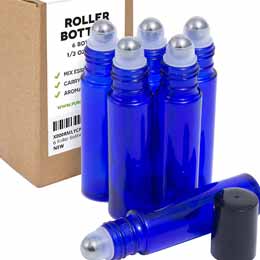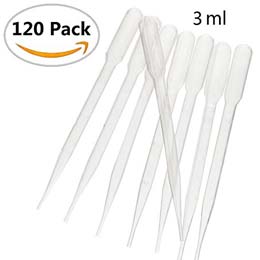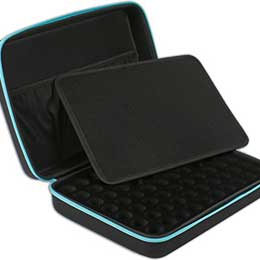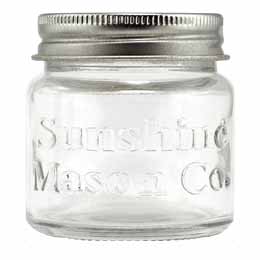Minty Cinnamon Clove Mouthwash
I really like a mouthwash that makes my mouth feel fresh and clean, but I don't particularly like putting something in my mouth that's full of chemicals when I'm sure what they all are. So, I decided to make my own homemade mouthwash.
This recipe is so easy to make and it only has a few ingredients, all you're sure to have on a kitchen shelf. Because this recipe contains no alcohol, it will need to be refrigerated. I actually like it being in the fridge; the cold helps wake up my mouth. This is a small recipe so it will keep for up to 30 days - but - I'm sure you'll use it up before the month is up
Minty CinnaClove Mouthwash Recipe
- 1 cup water
- 1 teaspoon cloves
- 2 teaspoons ground cinnamon
- 10 drops spearmint essential oil
Directions
- Put all ingredients in a pan and over medium low to medium heat bring to a slow boil. Remove from heat and let steep for 15 to 20 minutes.
- Strain once into a bowl and then once again into a glass container. Straining twice will give you a liquid with no residue left. I used a few layers of cheesecloth to strain, use a new piece of cheesecloth when you strain into the final container.
- Put the lid on the container and refrigerate.
- When you’re ready to use your homemade mouthwash, give it a little shake, swish for about 30 seconds and spit it out. Your mouth will feel tingly and fresh.
If this is the first time making a mouthwash, you can adjust the amount of cinnamon and spearmint you use by half. I noticed after using it, it left my gums a little dry but this went away quickly.
Benefits of Making Your Own Mouthwash
Among other things, Cinnamon and Cloves are antibacterial, antifungal and antimicrobial and Spearmint is also antibacterial. Spearmint also works well if you happen to have bad breath and can help slow biofilm that can form within the mouth.
What is BioFilm? If you're interested in finding out what biofilm is, here is a link to Colgate Professional explaining what it is. ( www.colgateprofessional.com/patient-education/articles/what-is-biofilm )
IMPORTANT DISCLAIMER INFORMATION: None of the essential oil topics presented to you on Earth to Jamie have been evaluated or approved by the FDA. The recipes and opinions presented to you should not replace personal judgment nor medical treatment when indicated, nor are they intended to diagnose, treat, cure, or prevent any disease. Always talk to your physician about the use of alternative methods or any other complimentary treatment. Reading content on this website indicates your understanding and agreement to our disclaimer statement. See Terms of Use under About Us for more information.
Performing a Patch Test and a Few Safety Tips.
If you are new or not sure how a blend or essential oil may react on your skin, it is always recommended to do a patch test prior to use. To do this, mix 2 drops essential oil to about 1/2 teaspoon carrier oil then apply to a patch of skin such as the forearm. Observe that area over the next 1 to 2 hours for any noticeable reaction; this will usually occur within 5-10 minutes. If you experience any irritation or discomfort either stop using or adjust the amount of essential oils you've used.
If you have not used a carrier oil before, you can also perform a patch test to the inner arm area.
Prior to using essential oils, always check the label for appropriate usage and do not apply essential oil to sensitive areas like the eyes, ears, and mucous membranes. If you have a medical condition and/or you are taking medications, consult your physician prior to use.
More information about essential oils can be found here
Check out the Health & Beauty section for Homemade Beauty Recipes


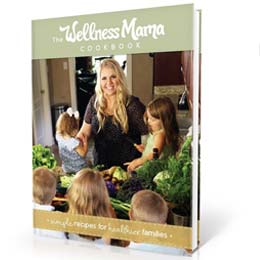

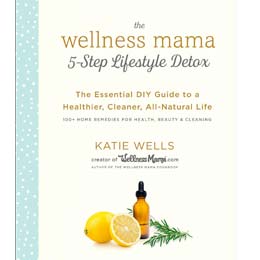 Wellness Mama 5 Step Lifestyle Detox
Wellness Mama 5 Step Lifestyle Detox